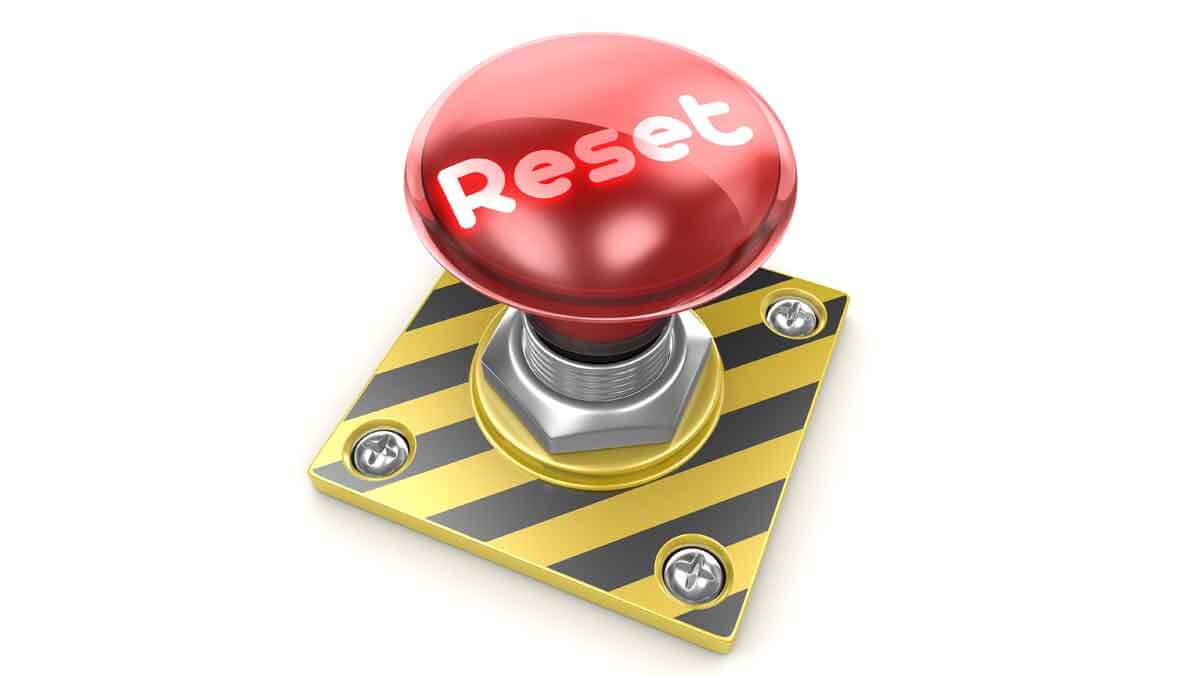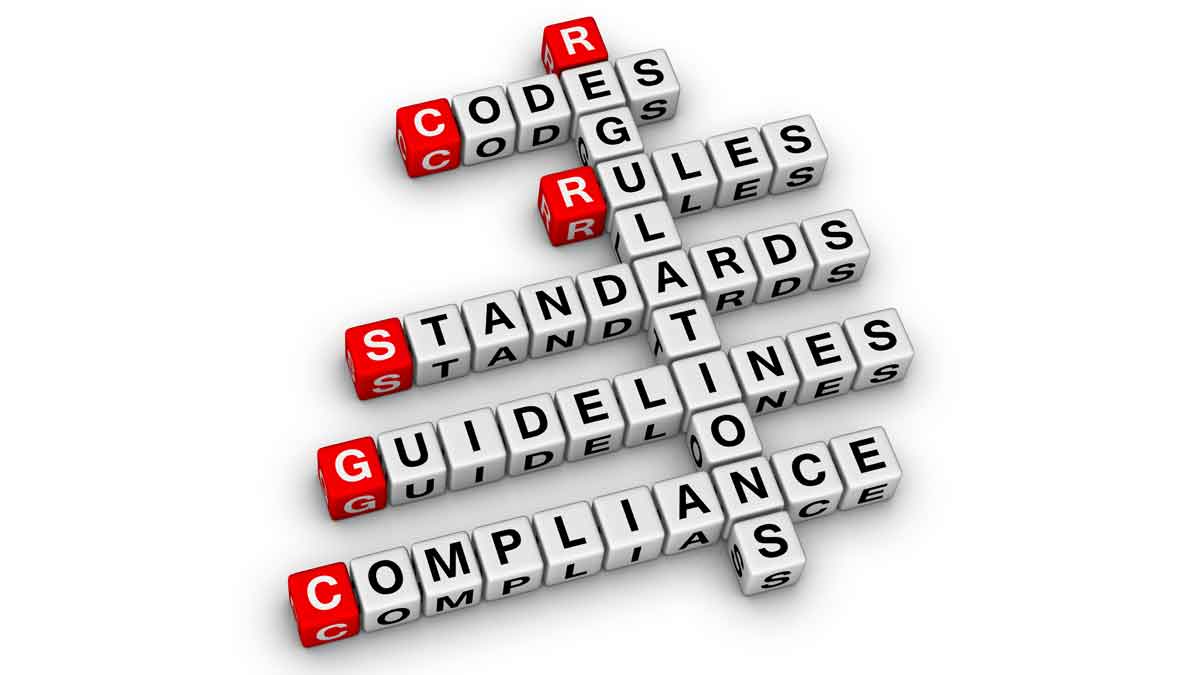If you ask B2B customers the right questions, you can replicate their experience within your operation. Learn which outcomes they care about, which test methods simulate those outcomes, and how much satisfaction would be delivered by any test result. Do this properly and you’ll know how they’ll react before they react.
More in white paper, Catch the Innovation Wave (page 11).
Consider four steps: 1. Understand value, learning which important outcomes customer lack. 2. Quantify value, estimating the potential value beyond customers’ next best alternative. 3. Build value, by developing a new offering. 4. Communicate value, with a dynamic launch. Most companies can get much better at steps 1, 2, and 4.
More in article, Three Steps to Unbeatable Value Propositions (Originally published in B2B Organic Growth newsletter).
Business leaders focused on the short term are just showing up. They compete for market share this year, hit the reset button, and repeat the process next year. No serious, long-term capability-building. Count yourself fortunate if you compete against such companies. They’re easy to beat with the right time horizon.
More in article, Build Growth Muscles at Your Company (Originally published in B2B Organic Growth Newsletter).
Imagine you’re planning to build a new home: Your architect sees you for half an hour, spends the first 15 minutes talking about sports, and then shows you pictures of other houses he designed. Later, when the house fails to please you, he dismisses it saying, “Well that buyer just didn’t know what he wanted.” Ever treat customers this way?
More in article, What is New Product Blueprinting?
Most of their thinking goes into adjusting their hardhats. Too bad: Tour insights provide great context for interviews… and your “fresh eyes” may yield ideas for improvement. You might see what everyone else has seen, but think what no one else has thought. You just need to learn the proper skills to do this.
More in e-book, Reinventing VOC for B2B (page 17).
You want differentiated new products that will induce enthusiastic customers to open their wallets wider. Differentiated products must be… different. But different from what, in what ways, and to what extent? 100% of this information can be learned from B2B customers… but only if you engage them in specific discussions. Very few suppliers do this correctly.
More in article, Four Steps Needed for New Product Differentiation (Originally published in B2B Organic Growth newsletter).
Well, isn’t that inspirational? Perhaps not… but remember you’re in a constant battle with competitors to innovate for customers. One of the best ways to tip the “efficiency” balance in your favor is to consistently learn when projects are unattractive… before competitors. Then decisively kill them so resources can be used for winning projects.
More in article, Are You Maximizing Your Profits?
For every job a customer does, there are dozens of potential outcomes… so diverge with customers to uncover far more than competitors. Then ask for 1-10 importance and satisfaction ratings so your R&D can converge on the important, unsatisfied outcomes… while competitors guess. I’d like to make this sound more complicated, but it’s not.
More in white paper, Timing is Everything (page 8).
Innovation is fueled by the unexpected. But many suppliers are surprise-averse. They start with their own ideas, filter them through internal processes, and avoid customer-led interviews. In an odd twist, surprise-averse suppliers are the most likely to be surprised… by mistaken market assumptions and blockbusters introduced by surprise-seeking competitors.
More in white paper, Catch the Innovation Wave (page 10).
When you validate your new product concept with customers, they may tell you if it’s a dud. Great… you’ve avoided the error of commission. But what about the error of omission? If you first enter the customer’s world with B2B divergent interviews, you might learn of unexpected needs that lead to a blockbuster.
More in white paper, Lean Startup for B2B (page 9).
Innovating companies that directly engage their customers have operating income growth rates three times higher than those that do not. When you see a gulf of 3X, it should scream “opportunity!” Gaining customer insight in an engaging manner may be commonplace in the future, but today it’s a competitive advantage. Will you seize it?
More in article, Why Maximizing Shareholder Value is a Flawed Goal
A Landmine can kill your project… but who steps on a Landmine they can see? When you convert assumptions and questions into facts, you make landmines visible and therefore harmless. A Launchpad is an unexpected, high-value customer outcome. Discover these before competitors to develop solutions in a “competition-free zone.”
More in white paper, Innovating in Unfamiliar Markets (page 13).
Consider two new-product success modes. In Success Mode A you launch a well-protected, premium-priced product. In Success Mode B, you thoroughly search the market segment, but find no unmet needs you can address. So you walk. May not sound heroic, but it’s the only way to ensure enough resources for more Success Mode A.
More in article, Are You Maximizing Your Profits?
One difference between business leaders and rock climbers is that many of the former think they can reach the top without training muscles. Imagine showing up at the base of El Capitan with recliner-chair abs and no climbing skills. Crazy? How about proclaiming double-digit growth plans every year… without developing the needed business-wide skills?
More in article, Build Growth Muscles at Your Company (Originally published in B2B Organic Growth Newsletter).













